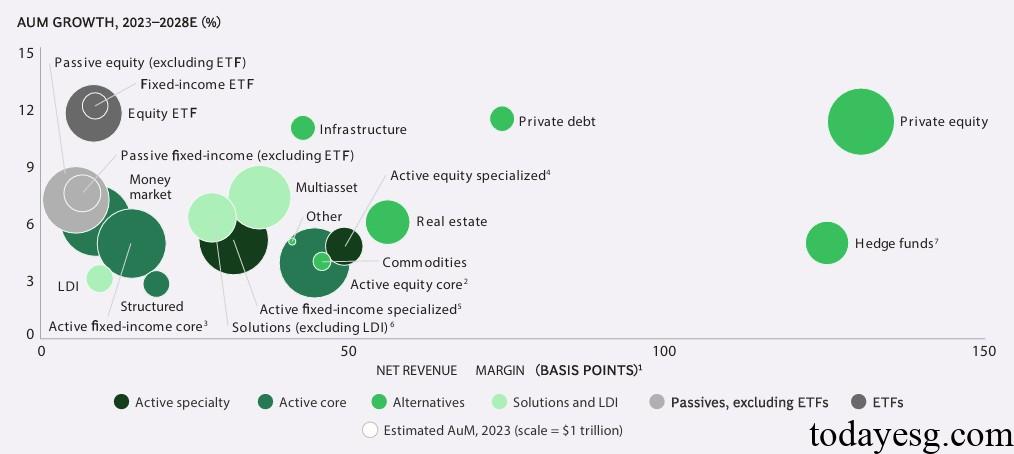Net Zero Transition Index Investing Report
The Institutional Investors Group on Climate Change (IIGCC) releases Net Zero Transition Index investing Report, aiming to provide investors with recommendations for achieving net zero transition through index investing.
The IIGCC believes that index funds and ETFs have become essential investment options, but how to combine the investment portfolios with net zero targets remains a challenge.
Related Post: CFA Institute Releases Report on Net Zero Investment Solutions
Development of Index Investing
Index investing has become the fastest-growing field in financial markets, where investors use them to track performance and formulate investment strategies. There are multiple categories of indices, such as traditional market capitalization weighted indices and current factor-based indices, which can reflect specific investment concepts and provide specific risk exposures.
In 2024, index funds and ETFs accounted for 43.5% of the global long-term asset classes, and the scale of index investing in the US asset management industry exceeds that of active management for the first time. According to data from Boston Consulting Group, the annual growth rate of index investing products has taken the dominant position.

When investors incorporate climate factors into the index, index investing can align with climate goals and measure climate risk in the investment portfolio. Morningstar data shows that European index funds and ETFs account for 60% of the total assets of climate funds, and although sustainable funds recorded outflows in 2024, this sector still recorded inflows.
Challenge of Net Zero Transition Index Investing
IIGCC believes that net zero transition index investing presents the following challenges:
- The actual decarbonization impact of index investing may be limited: Existing climate indices reduce total emissions at the portfolio level by avoiding investing in high carbon emitting assets and may not invest in assets dedicated to reducing carbon emissions. If investors invest based on such indices, they may not be able to invest their funds in actual carbon reduction activities.
- There are obstacles in the compilation methods of climate data and indices: Currently, there are limited methods for measuring net zero transition in climate data and indices, and carbon emissions are a common indicator that can only reflect historical data. Some index compilation methods use different scenarios, resulting in significant deviations in investment performance comparisons.
- Unequal allocation of funds for index investing: Emerging markets and developing economies account for two-thirds of global carbon emissions and require significant net zero transition investments. However, existing index investing is more concentrated in developed economies, which may slow down the transition speed of emerging markets and developing economies and prevent them from obtaining necessary funds.
How to Promote Net Zero Transition Index Investing
Based on the current situation and challenges of net zero transition index investing, the Institutional Investors Group on Climate Change proposes the following recommendations:
- Index providers: Clearly define index investing objectives and use accurate climate data to attribute climate and financial factors to the index, report climate index metrics regularly to provide investors with higher quality climate information.
- Asset Managers: Design and provide index solutions that meet net zero standards and continuously analyze the performance of climate indices. Manage the invested enterprise through voting and engagement in investment and disclose information in a timely manner. IIGCC has releases Net Zero Investment Framework 2.0 for their reference.
- Asset owners: Clearly articulate net zero expectations and select verified asset managers to promote climate investment through active participation in actions and publicly disclose climate strategies and asset allocation commitments.
- Policymakers: Regularly review regulated climate benchmarks, develop regulatory policies to disclose emissions, targets, and transition plans for climate benchmarks, to improve climate index transparency. Collaborative with climate initiatives to design net zero investment management agreement.
Reference:
Index Investing for the Net Zero Transition
ESG Advertisements Contact:todayesg@gmail.com








